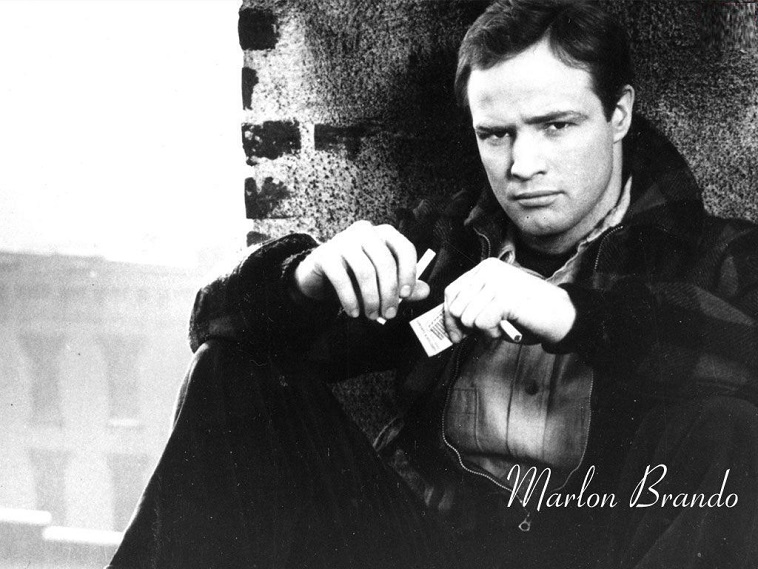
Marlon Brando was an American actor, film director and political activist.
His full name was Marlon Brando, Jr.
Brando was born on April 3, 1924, in Omaha, Nebraska, to Marlon Brando, Sr. (1895–1965), a pesticide and chemical feed manufacturer, and Dorothy Julia (née Pennebaker; 1897–1954).
Brando had two older sisters, Jocelyn Brando (1919–2005) and Frances (1922–1994).
He had English, as well as smaller amounts (to varying degrees) of Dutch, French, German, Irish, Scottish and Welsh, ancestry.
Born to alcoholic parents, Brando was left alone much of the time as a child.
Brando, whose childhood nickname was “Bud”, was a mimic from his youth. He developed an ability to absorb the mannerisms of kids he played with and display them dramatically while staying in character.
Brando did his schooling at Libertyville High School before being expelled for riding his motorcycle through the corridors.
He was sent to Shattuck Military Academy, where his father had studied before him. Brando excelled at theatre and did well in the school. He dropped out during the final year after being put on probation because he sneaked into town and was caught.
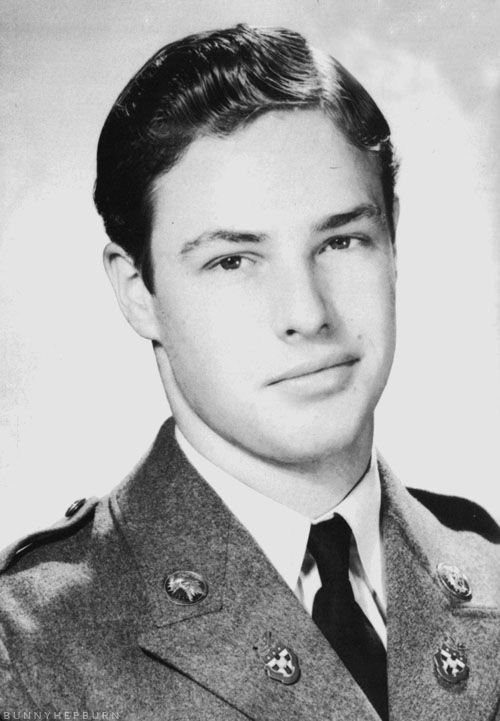
Brando decided to follow his sisters to New York, studying at the American Theatre Wing Professional School, part of the Dramatic Workshop of the New School, with influential German director Erwin Piscator.
Brando was an avid student and proponent of Stella Adler, from whom he learned the techniques of the Stanislavski system. This technique encouraged the actor to explore both internals and externals aspects to fully realize the character being portrayed.
Brando made his debut on the boards of Broadway on October 19, 1944, in “I Remember Mama“, a great success.
In 1946, New York Drama Critics voted him “Most Promising Young Actor” for his role as an anguished veteran in Truckline Café, although the play was a commercial failure.
Brando’s first screen role was the bitter paraplegic veteran in The Men (1950).
Brando brought his performance as Stanley Kowalski to the screen in Tennessee William’s A Streetcar Named Desire (1951), for which he received an Oscar nomination for best actor. The role is regarded as one of Brando’s greatest.
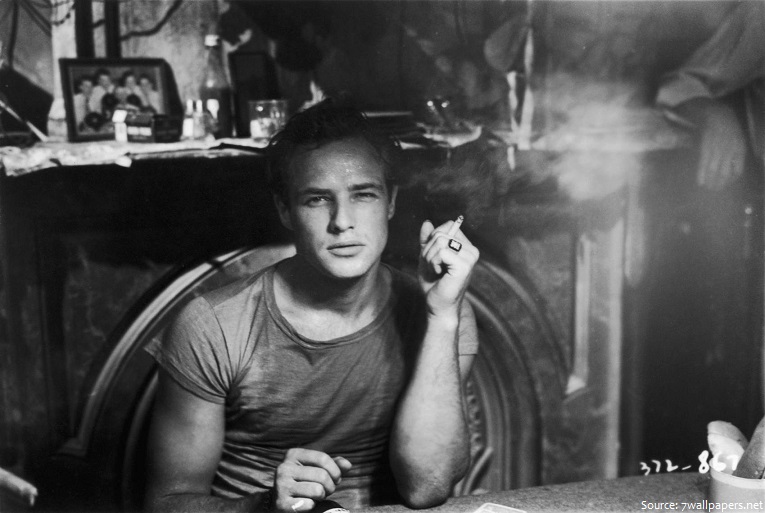
He was also nominated the next year for Viva Zapata! (1952), a fictionalized account of the life of
Mexican revolutionary Emiliano Zapata.
He received favorable review for his role of Mark Antony in the film Julius Caesar (1953). He was nominated for the Academy Award for Best Actor third time in succession.
In 1953 he also starred in Lee Falk’s play Arms and the Man. It would be the last time he ever acted in a stage play.
It was a busy year for Brando as he also appeared as Johnny Strabler in The Wild One. His portrayal of a motorcycle rebel set the standard for rebellious characters and found a large audience in the nation’s teenage population. He was riding his own Triumph Thunderbird 6T motorcycle in the film.
In 1954, Brando starred in On the Waterfront, a crime drama film about union violence and corruption among longshoremen. It won eight Academy Awards including the Best Actor for Brando.

During the rest of the decade, Brando’s screen roles ranged from Napoleon Bonaparte in Désirée (1954), to Sky Masterson in 1955’s Guys and Dolls, in which he sang and danced, to a Nazi soldier in The Young Lions (1958).
Brando starred in the only film he ever directed, the western One-Eyed Jacks (1961); now a cult favourite, it was notorious at the time for Brando’s excessive expenditure of time and money.
A lavish remake of Mutiny on the Bounty (1962) was another expensive flop, and Brando’s recalcitrant behaviour during its filming added to his growing reputation as a troublesome and demanding actor.
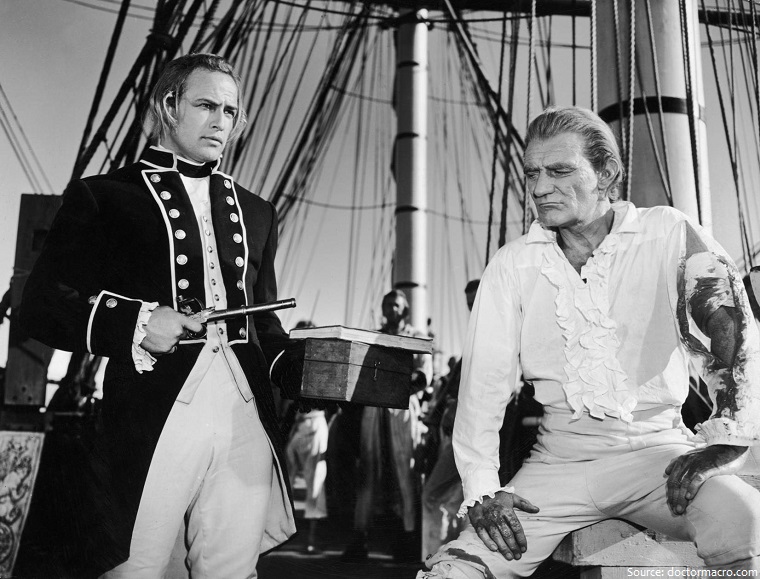
Most of his remaining films of the ’60s, including Charlie Chaplin’s final film, A Countess from Hong Kong (1967), are forgettable.
By 1972 Brando had a string of 11 straight commercial film failures. That string was broken with his performance as Vito Corleone in The Godfather. It was director Francis Ford Coppola who convinced Brando to submit to a “make-up” test for a role in his film. Brando submitted to a makeup test, but it was makeup he applied to himself. His makeup would include cotton balls to puff his cheeks out. Coppola was mesmerized by the performance and begged the studio to allow the casting of Brando as the head of the famous crime family. The role resulted in his second Academy Award for Best Actor.
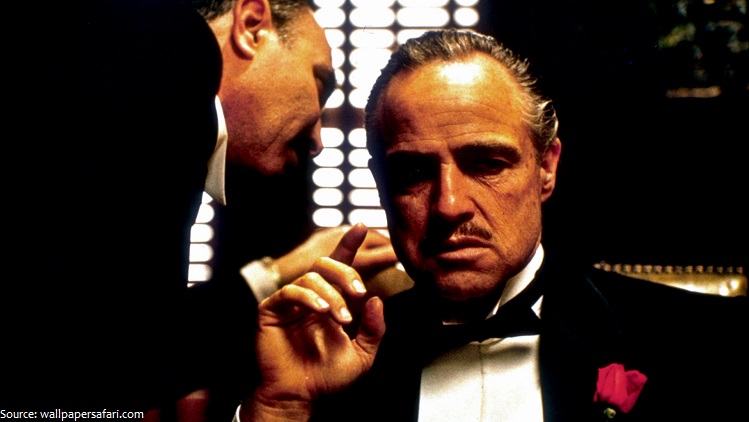
The actor followed The Godfather with Bernardo Bertolucci’s 1972 film Last Tango in Paris opposite Maria Schneider, but Brando’s highly noted performance threatened to be overshadowed by an uproar over the sexual content of the film.
Since then, Brando has received huge salaries for playing small parts in such movies as Superman (1978) and Apocalypse Now (1979).
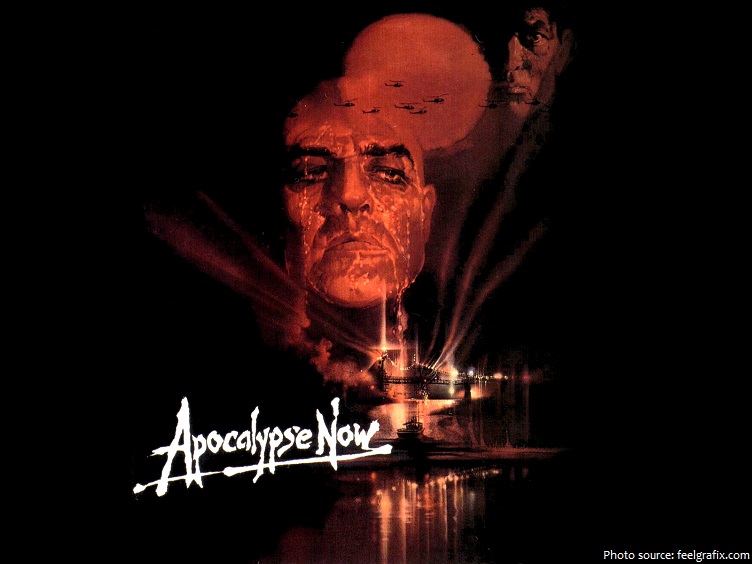
After appearing as oil tycoon Adam Steiffel in 1980’s The Formula, which was poorly received critically, Brando announced his retirement from acting.
However he returned to play a crusading antiapartheid attorney in A Dry White Season (1989) and received his eighth Oscar nomination-his first for best supporting actor-for the role.
Brando appeared in the comedy The Freshman (1990) with Matthew Broderick.
Brando starred alongside his friend Johnny Depp in the box office hit Don Juan DeMarco (1995) and in Depp’s controversial The Brave (1997), which was never released in the United States.
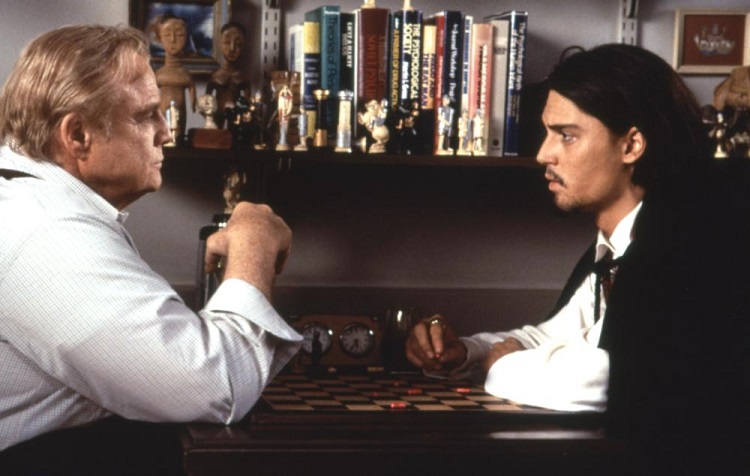
In his final film, The Score (2001), he starred with Robert De Niro.
He died of respiratory failure on July 1, 2004, at age 80.
Brando was known for his tumultuous personal life and his large number of wives, girlfriends and children.
He left behind 14 children (two of his children, Cheyenne and Dylan Brando, had predeceased him), as well as over 30 grandchildren.
Marlon Brando had a net worth of $100 million dollars.
Marlon Brando is widely considered the greatest movie actor of all time, rivaled only by the more theatrically oriented Laurence Olivier in terms of esteem.
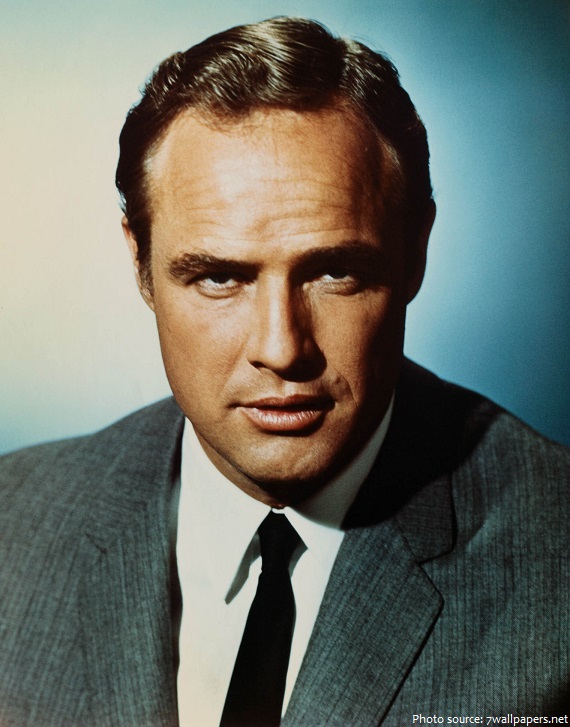 He is credited with bringing realism to film acting.
He is credited with bringing realism to film acting.
Marlon Brando was one of only three professional actors, along with Charlie Chaplin and Marilyn Monroe, named in 1999 by Time magazine as one of its 100 Most Important People of the Century.
Brando was ranked by the American Film Institute as the fourth-greatest movie star among male movie stars whose screen debuts occurred in or before 1950.
At the 1973 Academy Awards ceremony, Brando refused to accept the Oscar for his performance in The Godfather. Sacheen Littlefeather represented him at the ceremony. She appeared in full Apache attire and stated that owing to the “poor treatment of Native Americans in the film industry”, Brando would not accept the award.
Two years before Brando declined his Oscar for Best Actor in The Godfather (1972), he had applied to the Academy to replace the one he had won for On the Waterfront (1954), which had been stolen. Prior to its theft, Brando had been using the Oscar as a doorstop.
According to the Guinness Book of World Records, Brando was paid a record $3.7 million ($15 million in inflation-adjusted dollars) and 11.75% of the gross profits for 13 days’ work on Superman.
Brando had first attracted media attention at the age of 24, when “Life” magazine ran a photo of himself and his sister Jocelyn, who were both then appearing on Broadway.
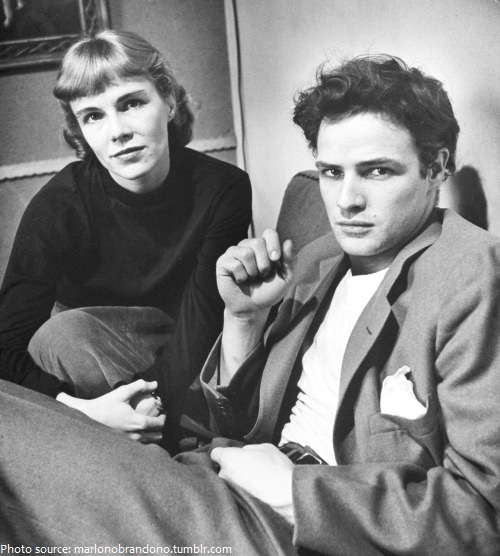
Brando had turned down the lead role in David Lean’s masterpiece Lawrence of Arabia (1962) because he didn’t want to spend a year in the desert riding around on a camel.
He owned a private island off the Pacific coast, the Polynesian atoll known as Tetiaroa, from 1966 until his death in 2004.
He lived on infamous “Bad Boy Drive” (Muholland Drive in Beverly Hills, California), which received its nickname because its residents were famous “bad boy” actors Jack Nicholson, Warren Beatty and Brando.
He was awarded a Star on the Hollywood Walk of Fame at 1765 Vine Street in Hollywood, California on February 8, 1960.
Brando is mentioned in Neil Young’s song “Pocahontas”, David Bowie’s song “China Girl”, Bruce Springsteen’s song “It’s Hard to Be a Saint in the City”, and Billy Joel’s song “We Didn’t Start
the Fire”.
Russell Crowe wrote and sang a song about him called “I Wanna Be Marlon Brando”.
Brando was a huge fan of Afro-Caribbean music, and changed from being a strict drummer to the congas after becoming enthralled by the music in New York City in the 1940s.
Brando tried to join the Army during World War II but was rejected due to a knee injury he had sustained while playing football at Shattuck Military Academy.
He worked as a department store elevator operator before he became famous. He quit after four days due to his embarrassment in having to call out the lingerie floor.
His mother gave him an odd pet: a raccoon he named Russell.